11 things professional cleaners always notice in dirty homes – and how to make them shine in yours
Add these overlooked spots around the home to your cleaning schedule now


No matter how clean you think your home is, professional cleaners will always notice these grubby areas and the build up of dirt, stains and odors that commonly creep up there.
To get these 11 spots on your radar and into your cleaning routine, our expert shares the gross things she always notices in homes, including stinky fridges, grubby internal doors and crusty cutlery drawers.
The brilliant cleaning tips she uses in her own home will help you get on top of problem areas in yours, and make sure bacteria, soap scum, mold and smells don't go unnoticed.
1. Grimey sinks
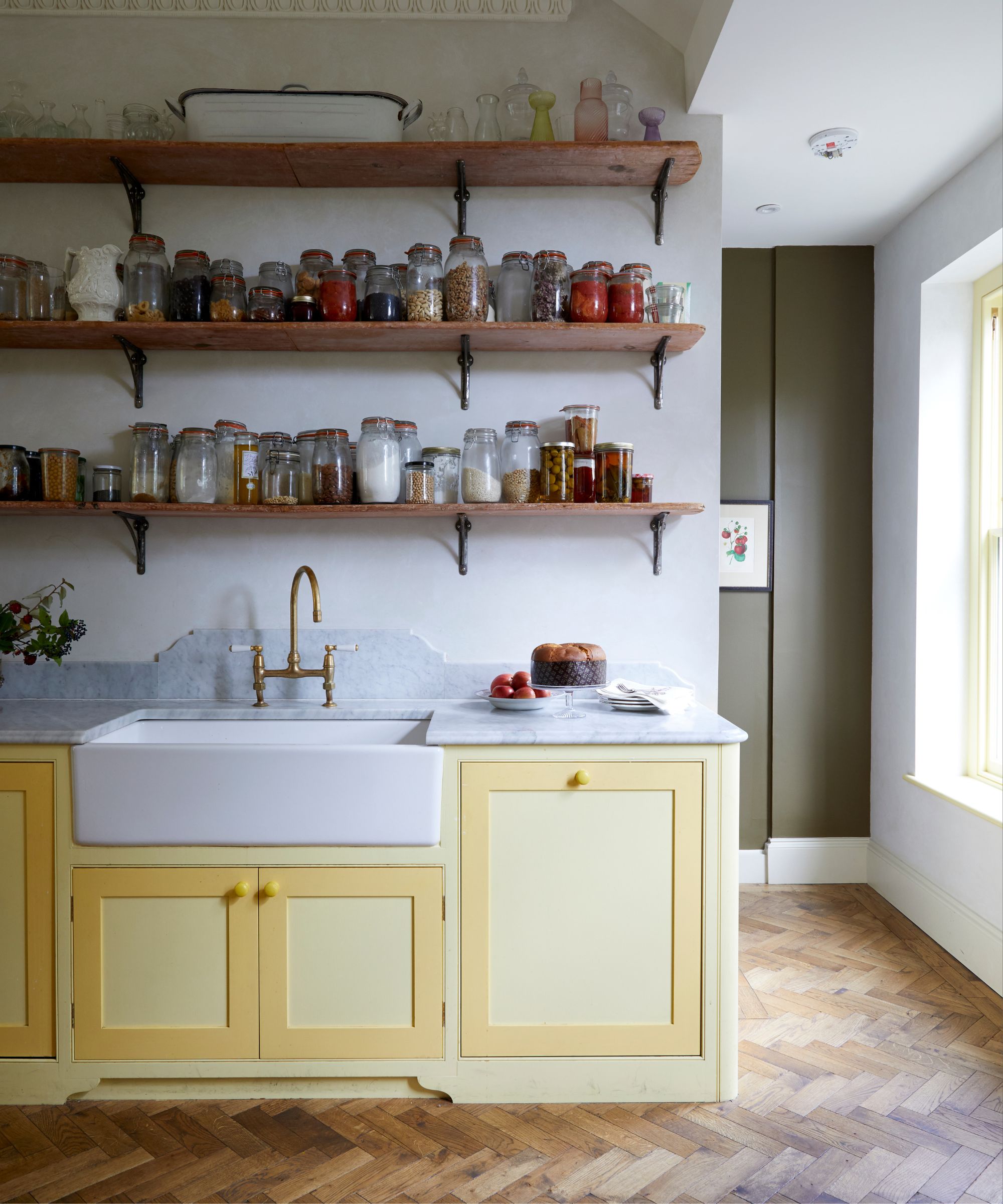
Is there a more hardworking or vital space in the home than an area with running water? We use it to wash our hands, rinse fruit and veg, do our dishes and tackle any number of cleaning tasks. But high-traffic areas such as sinks will see grime build up, especially around taps, drains and any hardware.
Professional cleaner for more than a decade and operations manager at leading cleaning company Speckless, Karina Toner explains, ‘Sinks accumulate grime from daily use, including soap residue, toothpaste, food particles, and hard water deposits. Over time, this can lead to staining and unpleasant odors.’
She recommends cleaning your sink regularly with a mixture of baking soda and vinegar.
‘Follow this by scrubbing the sink and fixtures with a soft brush then rinse thoroughly with hot water. For tough stains, use a mild abrasive cleaner such as the bestselling Pink Stuff, available from Amazon.’
Design expertise in your inbox – from inspiring decorating ideas and beautiful celebrity homes to practical gardening advice and shopping round-ups.
I grew up in a home where the sinks were spotless because everyone in the household helped keep on top of sink dirt each day. This included rinsing the taps after washing our hands to remove soapy drips, limescale and other residue, as well as making sure any toothpaste or lumps were rinsed away and not left to harden, along with a deeper clean every few days. Learn more about the dirty things in bathroom professional cleaners always notice.
Getting the members of your household on board with this simple step will help keep your sinks in decent shape between deeper cleans and curb build-up. I now keep a small sponge under my acrylic wall-mounted toothbrush holder from Amazon so it’s out of sight, but immediately on hand to gently buff any marks I see and it’s become a very normal part of my routine. I like the Scotch Brite zero scratch sponges at Walmart as they’re durable and a good size.
2. Stinky fridges
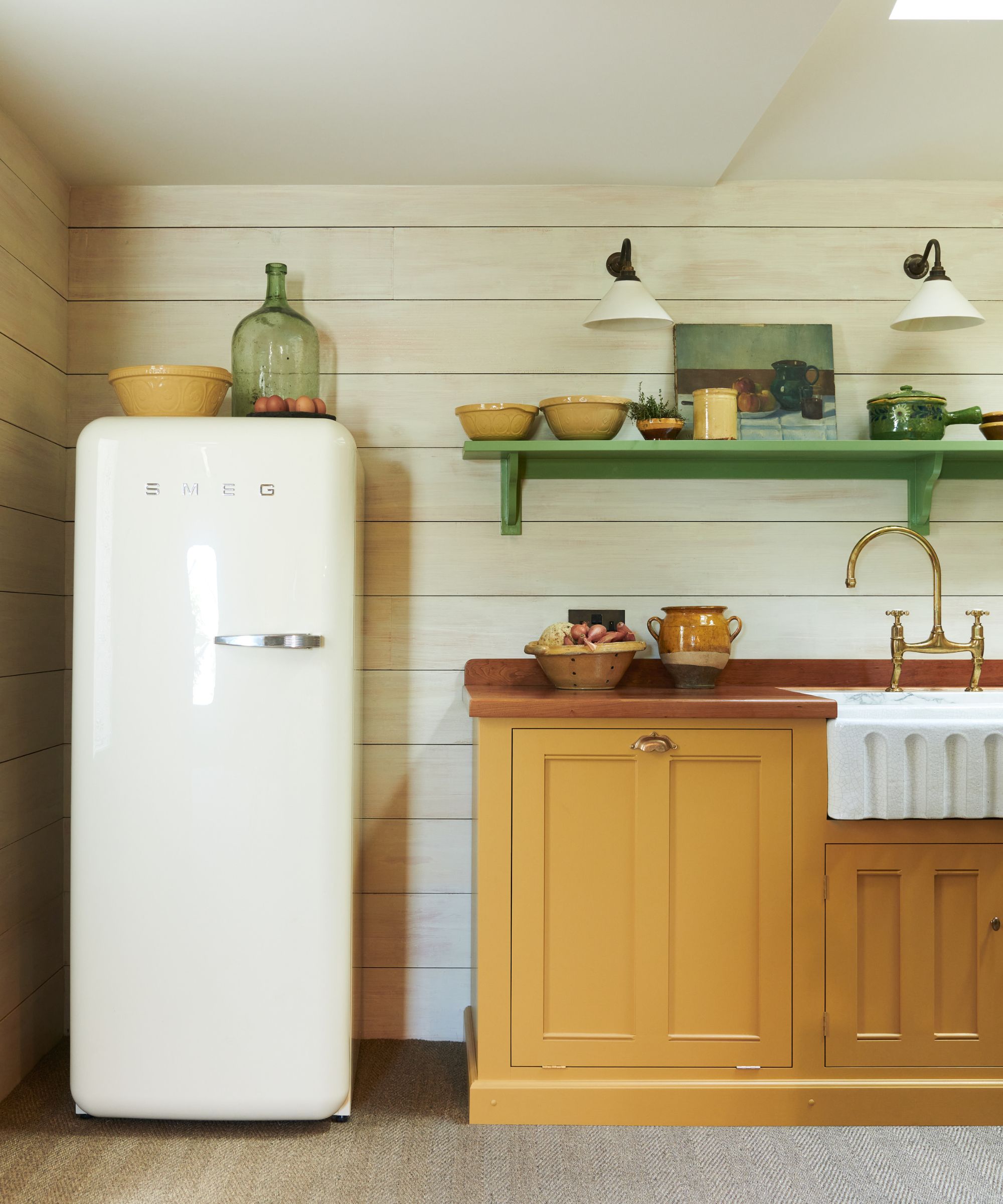
Have you ever helped a friend or family member in their kitchen and been hit with a pungent odor when you opened their fridge? It doesn’t have to be this way, but it is common in many homes, and Karina has noticed it more times than she can count.
She says, ‘Spills, expired food, and condensation can lead to a build-up of grime and odors inside the fridge. Sticky shelves and drawers are often neglected during regular cleaning. To clean your fridge, remove all items and wipe down shelves and drawers with a mixture of warm water and dish soap.’
For stubborn stains, Karina prefers using a paste of baking soda, which you can pick up at Walmart. Use some of the powder in an Arm and Hammer spill-proof box specially for fridges and water, then place the rest of the open box inside the fridge to absorb odors.
Baking soda is brilliant for cleaning around the home including in laundry and odor elimination.
I have an obnoxiously strong sense of smell so the fridge is one area I stay on top of militantly. To make it less arduous, I clean a shelf at a time, usually when the produce in that space has run out, paying close attention to dairy drips.
I also ring-fence 15 minutes before my weekly grocery shop or delivery to bin any old produce, remove loose debris and wipe down the glass shelves with an antibacterial spray (such as Method's Citrus all-purpose spray as the smell is lovely) or a soapy sponge. I repeat this on the interior door surface in the space between door shelves as drips can occur without you noticing.
Dry the area when you’re done cleaning to avoid introducing excess moisture in your fridge, which can lead to bacterial or fungal growth. If you use shelf liners, clean or replace them regularly as bacteria loves to cling to these, too.
3. Crusty cutlery drawers
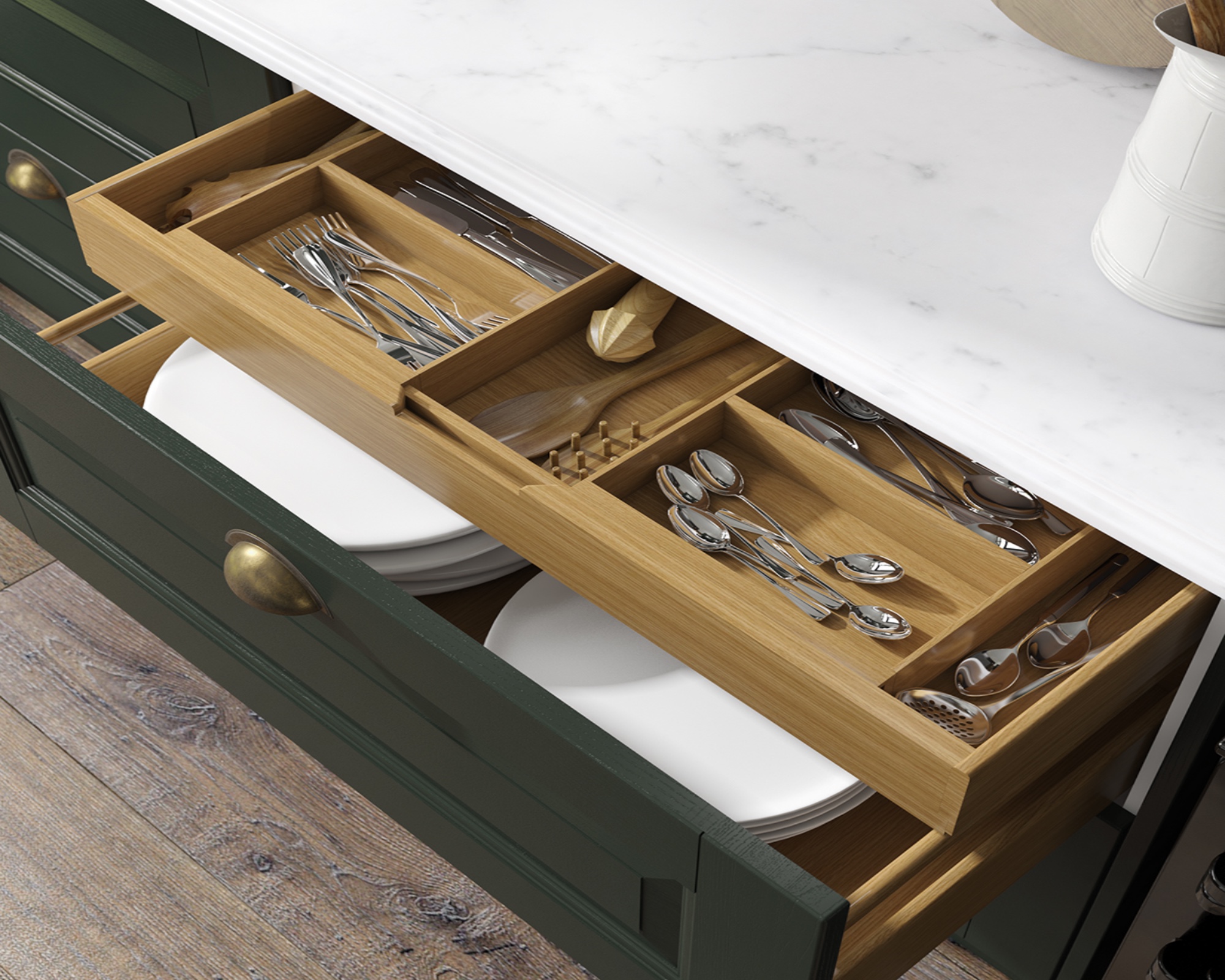
Karina says, ‘Dust, crumbs, and small debris can accumulate in cutlery drawers over time, especially if the drawer is frequently opened and closed. The buildup is often overlooked during regular cleaning. ‘
‘To combat it, empty the drawer and vacuum out loose debris. Wipe down the inside with a damp cloth and mild detergent, then dry thoroughly before replacing the cutlery. Consider using a drawer liner to make future cleaning easier.’
Depending on how busy your household is, pop this on your bi-weekly or monthly to-do list.
4. Tired internal doors

‘Internal doors, especially those in high-traffic areas, can gather fingerprints, smudges, and dust,’ Karina explains. ‘Door handles and edges are particularly prone to grime buildup.’
If you've never cleaned yours don't feel bad. I didn’t know cleaning internal doors was a thing until a relative did it and worked it into my routine. My two cats always rub themselves along doors and furniture edges and there are spots where the corners show signs of grime. I clean mine down when I dust surfaces nearby.
To clean yours, Karina says, ‘Wipe down doors with a damp cloth and mild soap, paying extra attention to handles and edges. For wooden doors, use a wood cleaner to maintain the finish.’
5. Dusty baseboards

Karina Toner, professional cleaner and operations manager at Spekless cleaning says baseboards are always on her radar.
She explains, 'Baseboards are often overlooked during regular cleaning because they are low to the ground and not in direct line of sight. Dust and dirt settle on them over time, especially in homes with pets or heavy foot traffic.'
For the best way to clean baseboards, use a microfiber cloth regularly. For tougher grime, use a damp cloth with a bit of dish soap on your cloth, Dawn Dish Soap you buy at Walmart will do just fine.
Karina also suggests using a vacuum with special attachments to turbocharge this area of cleaning, and recommends the Rocket Ultra-Light Corded Bagless Vacuum, available at Amazon.
Here at Homes & Gardens, our consumer experts have tried and tested the latest and best Shark vacuums on offer if you prefer to browse a fuller selection.
6. Fingerprints on Stainless Steel Appliances
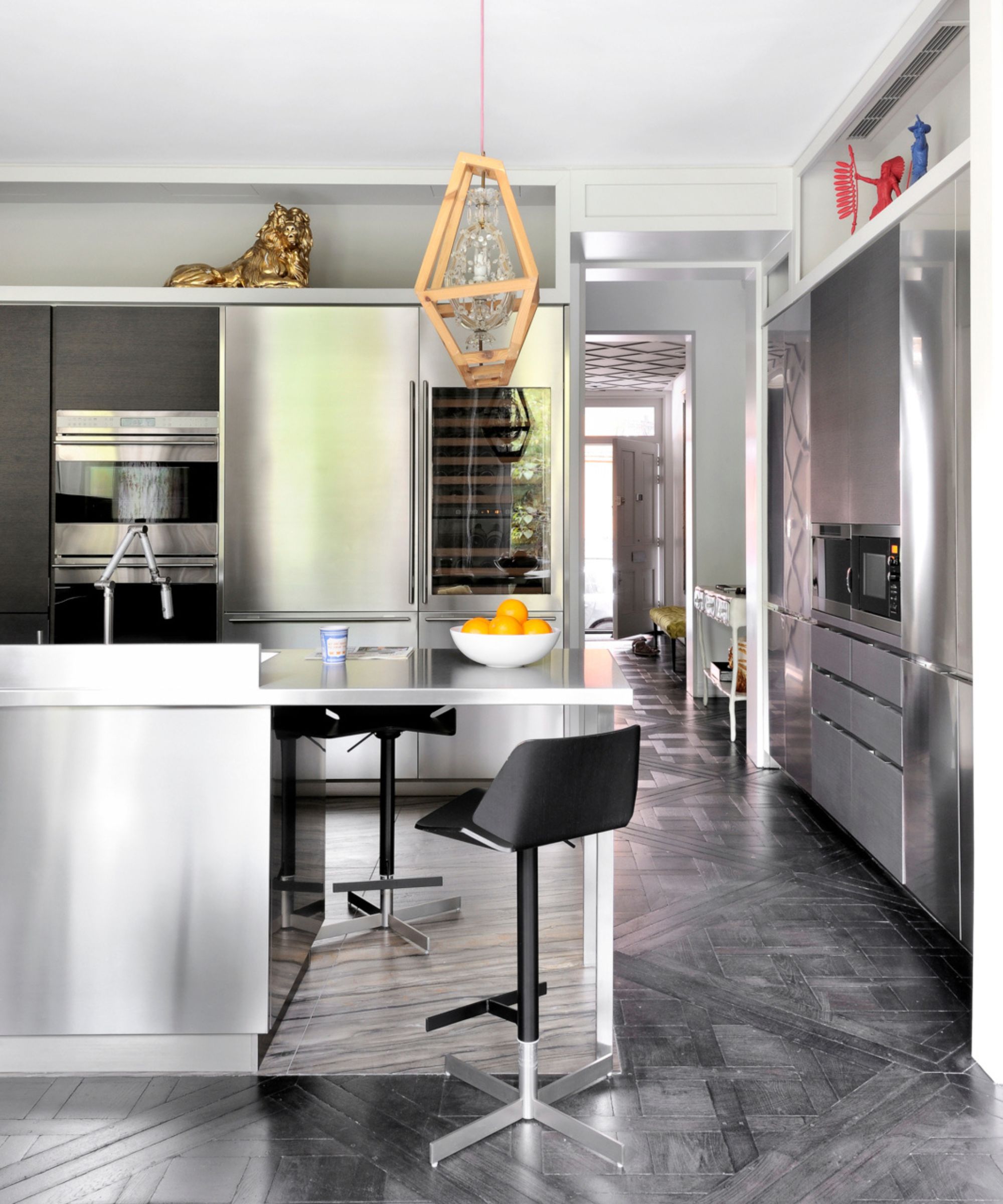
If like me you're endlessly cleaning the stainless steel in your kitchen, you'll know the pain of keeping on top of this one.
Karina says, 'Stainless steel appliances are frequently touched, leading to fingerprints and smudges. Cooking splatters can also add to the grime. The highly reflective surface makes fingerprints even more noticeable.
'Use a stainless steel cleaner such as the Bar Keepers Friend powdered cleaner available on Amazon, or a mixture of vinegar and water. Buff with a microfiber cloth to avoid streaks.'
I also find my DIY homemade cleaning solution of essential oil mixed with filtered water and a drop of dish soap is brilliant at cleaning stainless steel appliances. Just add 10-20 drops of your preferred oil and keep it sealed in a clean spray bottle.
I used amber glass spray bottles like these from Amazon so all my home-made cleaning solutions look uniform when stored, either on open shelving or in my cabinets. They come with labels so you can be clear on what's inside long after you've made them.

This little pack will do the job nicely as it comes with spray nozzles or twist caps depending on what you plan to keep in them. The labels won't peel off when wet and the amber glass looks nicer than one-use plastic, as well as being better for the planet. This item is Amazon's Choice, meaning it's bought often, rarely returned and available to buy, with good reviews from shoppers.
7. Soap scum in the Shower
The irony of a space designed to keep us clean getting dirty isn't lost on us. But soap scum commonly forms in a shower when the cleansing products we use combine with hard water minerals, creating a residue that adheres to shower surfaces.
Karina says, 'This is more common in areas with hard water and can be exacerbated by infrequent cleaning. When looking at how to clean a shower, use a commercial soap scum remover such as Bio Clean Professional available at Amazon, or a homemade mixture of vinegar and baking soda.'
It will also help to regularly squeegee and dry the shower after use to prevent soap scum from forming. The OXO Wiper Blade Squeegee from Target has a handy suction cup storage feature so you can store it right there on your glass or tiling.
I keep a similar squeegee in the shower and use it every time I'm in there. A useful cleaning tip is encouraging all members of your household to do the same maintenance tasks as you so they're not undoing your work.
8. Pet hair everywhere
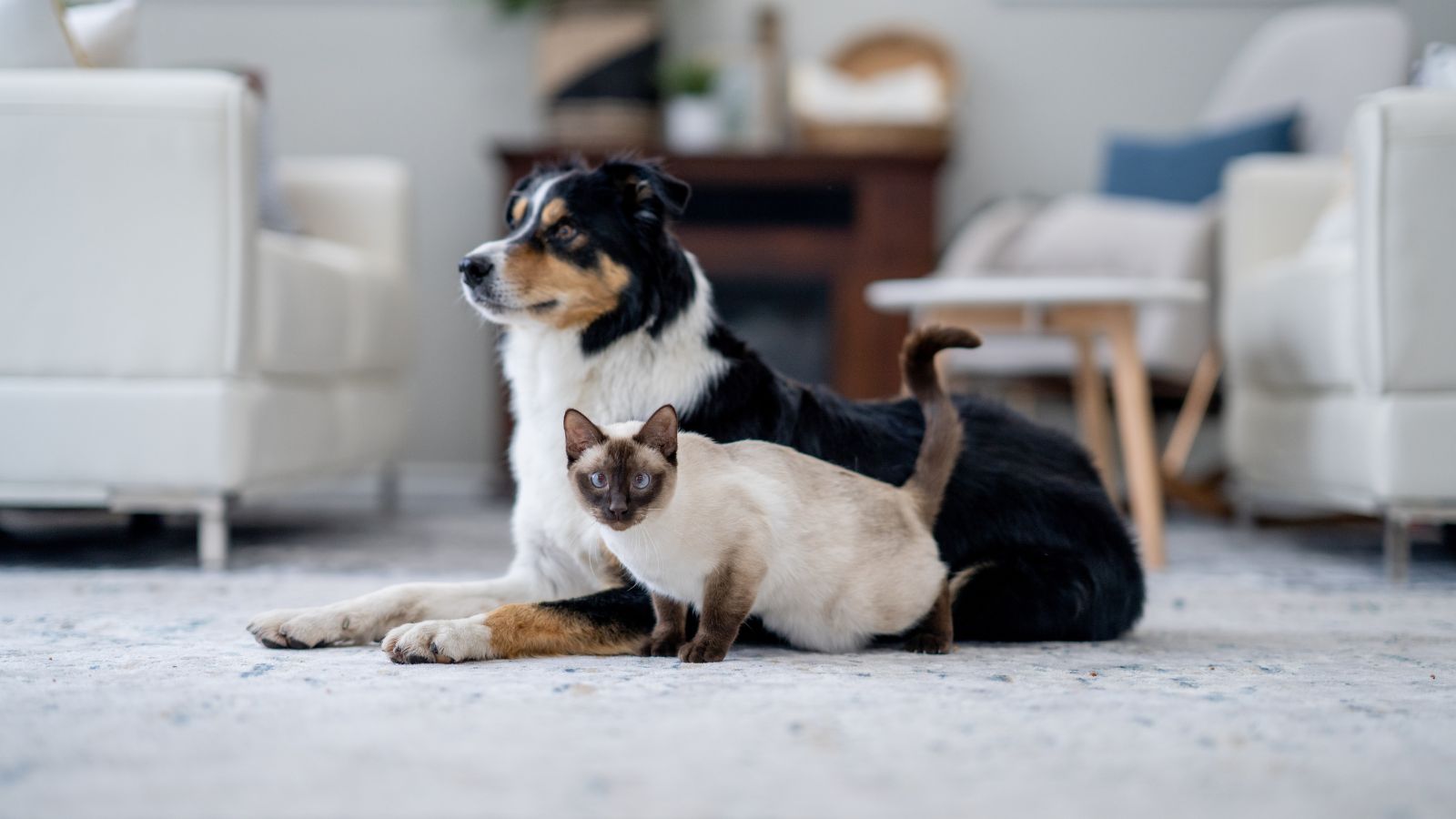
'Pets shed hair constantly, which can accumulate on furniture, floors, and fabrics,' Karina explains. 'The amount of shedding can vary by breed, season, and the pet's general health.'
She recommends regularly brushing your pets with an appropriate hair tool (such as the viral Groomi), and vacuum regularly with one of the best pet hair vacuums, though you might have to try different ways of removing pet hair to find the one that works for you.
Karina likes the Bissell Little Green Pet Deluxe Portable Carpet Cleaner and adds, 'Use a pet hair attachment to effectively remove hair from various surfaces. Consider using pet-friendly furniture covers that can be easily washed.' This will also reduce the wear and tear on your upholstery and soft furnishings.
When you have guests, this is one of the things they may spot on chairs. Learn more about the dirty areas I spot in dining rooms ahead of hosting.
Delve into our tried and tested best pet hair vacuums for more options.
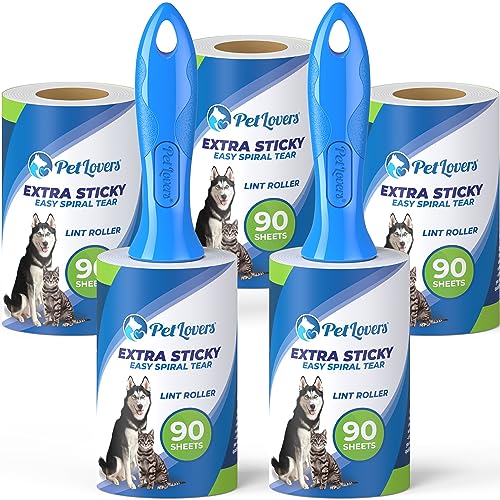
This five pack of sticky lint rollers works easily and quickly on even the longest pet hair. I have two cats at home and black velvet sofas and use mine multiple times a day. Each sheet picks up hair until it is saturated at which point I peel and bin. The diagonal sectional lines make it easy to peel off without tearing. I've tried multiple pet hair removal methods and this is my favorite and easiest.
9. Stained carpets
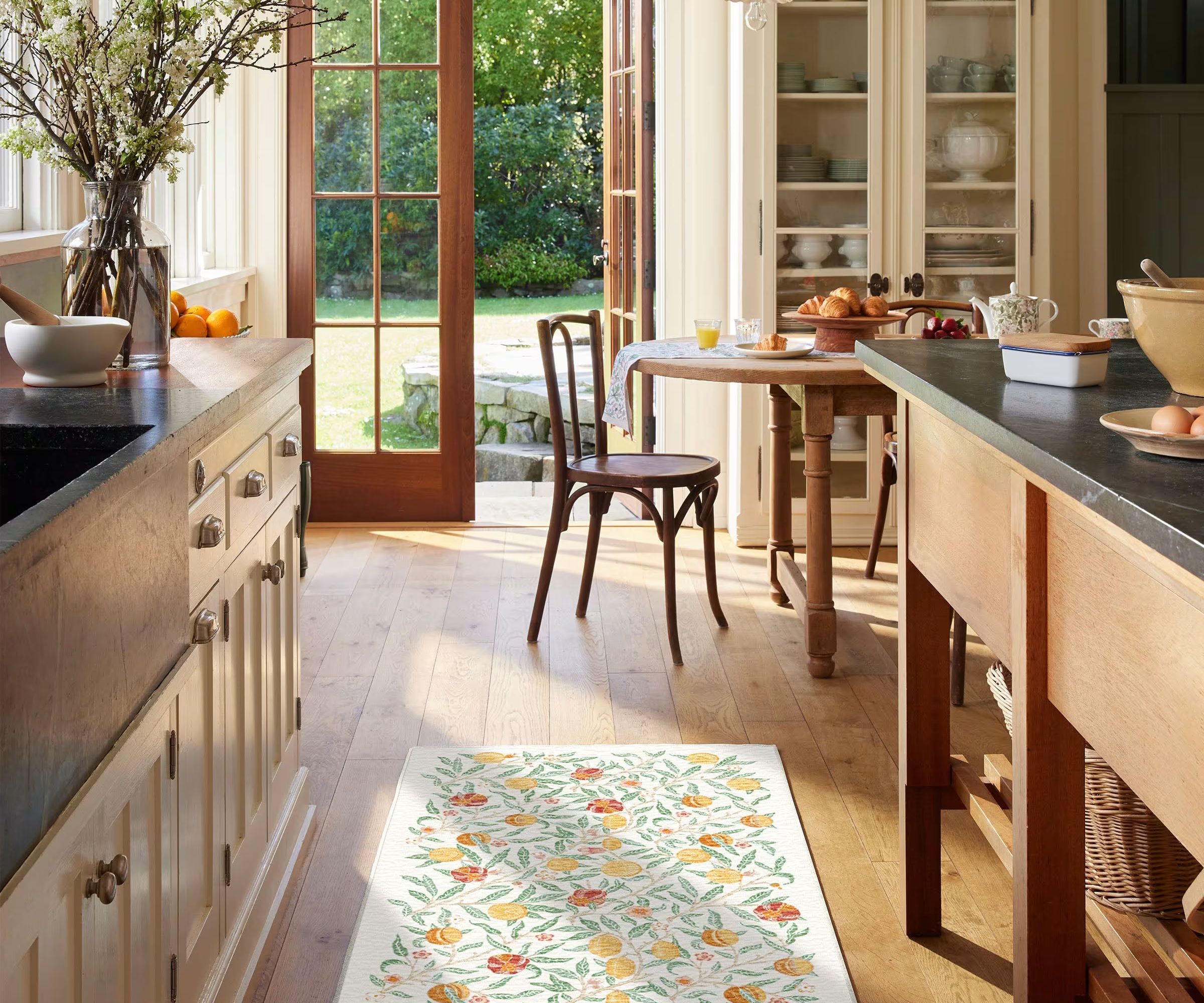
In the hubbub of life, it's easy for spills and dirt to go unnoticed and therefore not always be cleaned up immediately, allowing stains to set into the carpet fibers. Heavy foot traffic can also grind dirt into the carpet, making it more difficult to clean.
Karina recommends blotting spills immediately with a clean cloth to prevent stains from setting. She adds, 'Use a carpet cleaner or a mixture of vinegar and baking soda. Blot, don’t rub, the stain.'
You can also invest in machine-washable rugs for high-traffic areas. Ruggable has an enormous collection, with their bestsellers easily browse-able for inspiration. We explore more ways on how to deep clean a carpet in our separate feature.
10. Cluttered surfaces
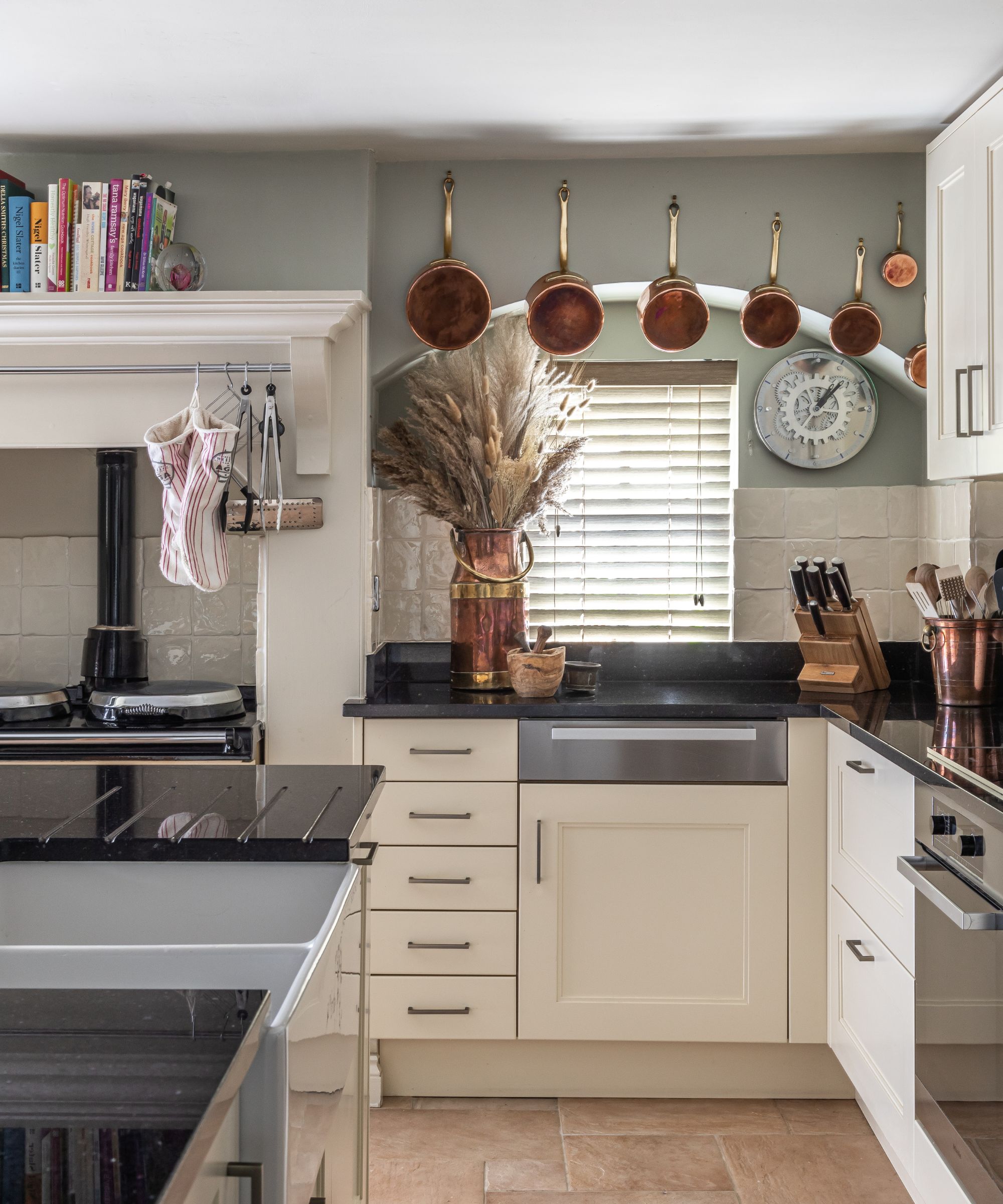
In busy households, items can easily accumulate on surfaces because they are not put away regularly.
Karina explains, 'Busy lifestyles, lack of storage solutions, such as the Simple Houseware Desk Organizer or Sorbus Foldable Storage Cubes both from Amazon, and not having designated places for items can contribute to clutter,' Karina says.
Implement a daily tidying routine and use organizers. Consider decluttering periodically to remove items you no longer need. Ease into decluttering with our seven-day decluttering challenge.
Consider wall hooks and shelving in busy spaces such as kitchens, like the one pictured above, to help keep things tidy and with a dedicated space, but also easily accessible.
11. Dirty mirrors
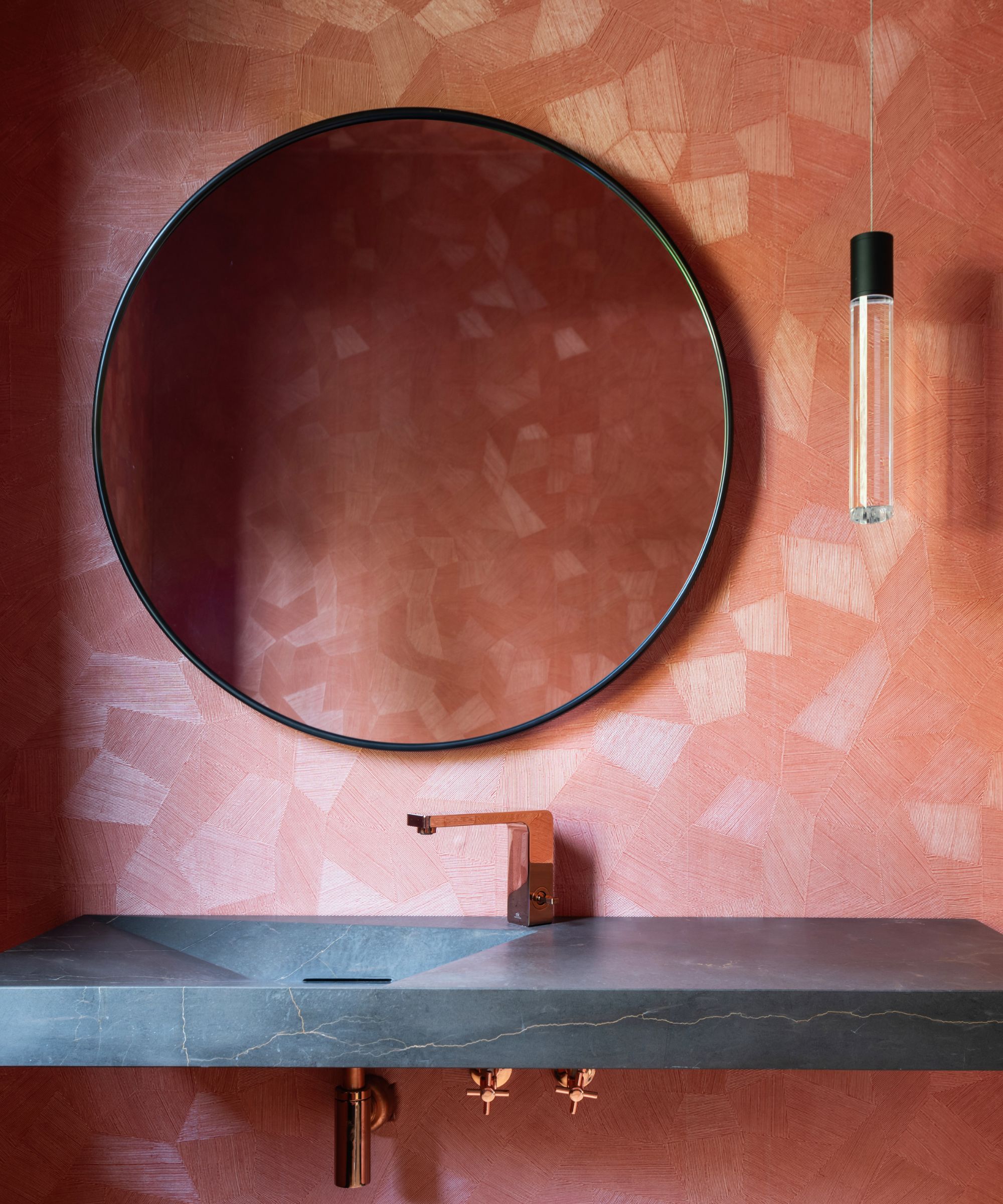
In a busy area such as the bathroom, it's no wonder to have a spot often forgotten about. Karina says bathroom mirrors are the biggest grime collectors and often overlooked.
She explains, 'Toothpaste splatters and water spots are common culprits in this space. Other mirrors in the home can gather dust and fingerprints, especially in high-traffic areas.
'Use a glass cleaner and a microfiber cloth to wipe down mirrors regularly. For a streak-free shine, spray the cleaner onto the cloth rather than directly onto the mirror, and wipe in a circular motion.'
Learn how to clean a bathroom to keep on top of yours.
If you're looking into ways to change up your cleaning routine, start by focusing on these zones that professional cleaners always notice in dirty homes, so you can have a truly sparkling space that you can be proud of.
Next, delve into what to focus on when cleaning a neglected house, and how to banish chore procrastination when it hits.

Punteha was editor of Real Homes before joining Homes and Gardens. She has written and edited wellbeing, lifestyle, and consumer pieces for the national press for 17 years, working across print and digital newspapers and magazines. She’s a Sunday Times bestselling ghostwriter, former BBC Good Food columnist and founding editor of independent magazine, lacunavoices.com. Punteha loves keeping her home clean, has tested and reviewed the latest robot vacuums and video doorbells, enjoys cooking, DIY, decluttering and spending weekends improving her newly-built home. Punteha is disabled and in chronic pain, so small, paced projects that bring big impact and make her household run smoothly are her focus.